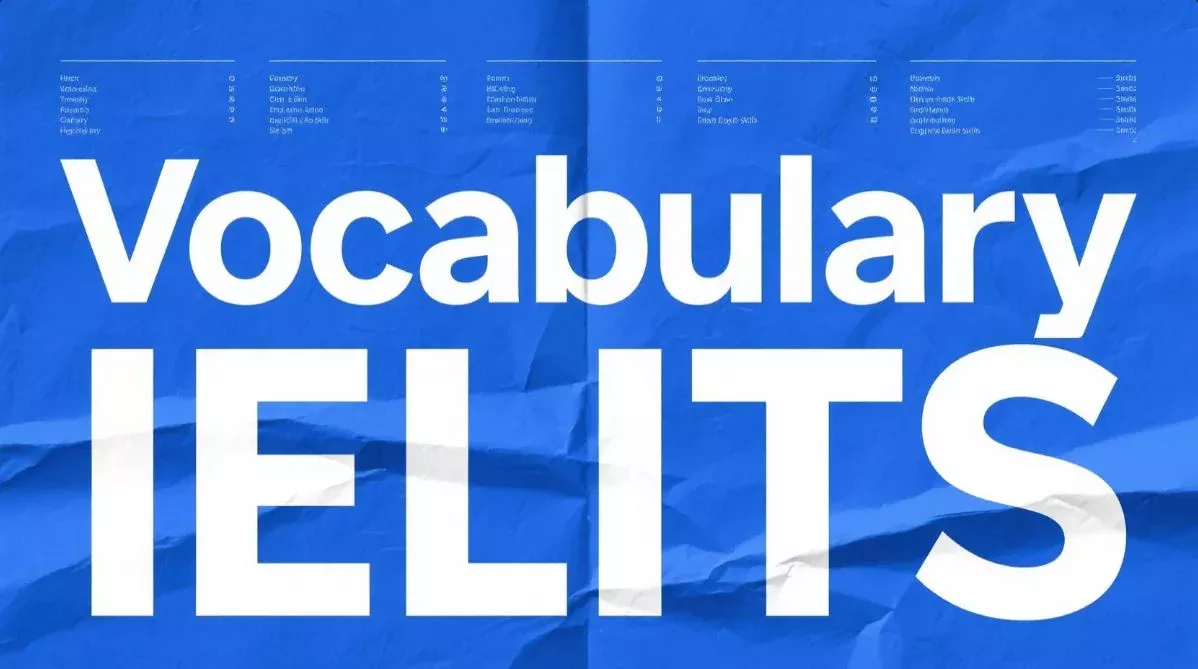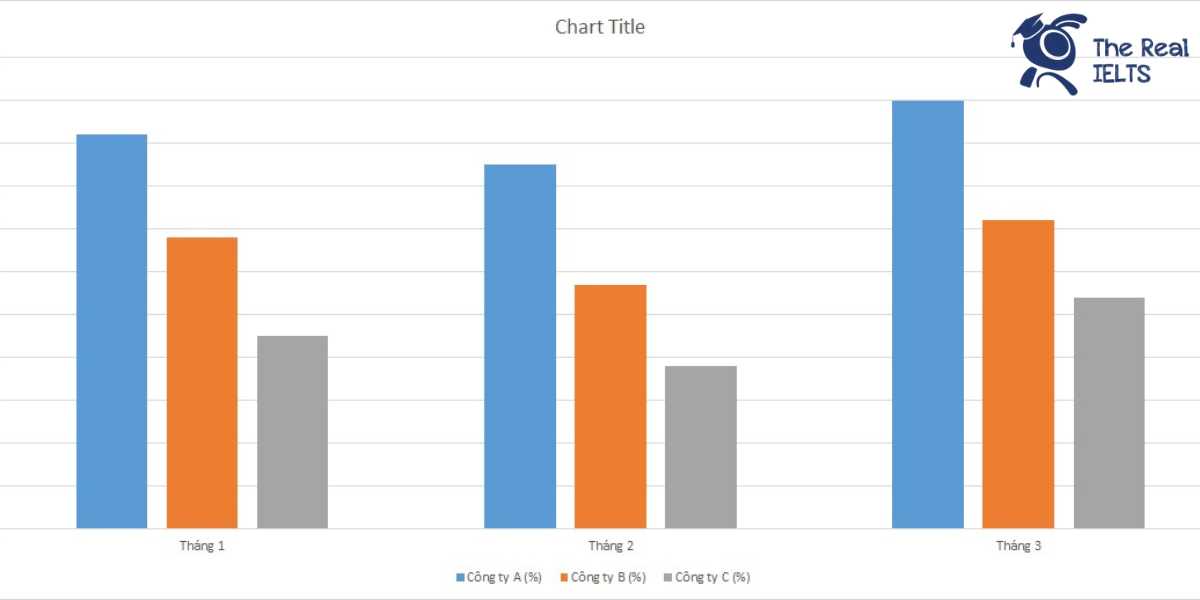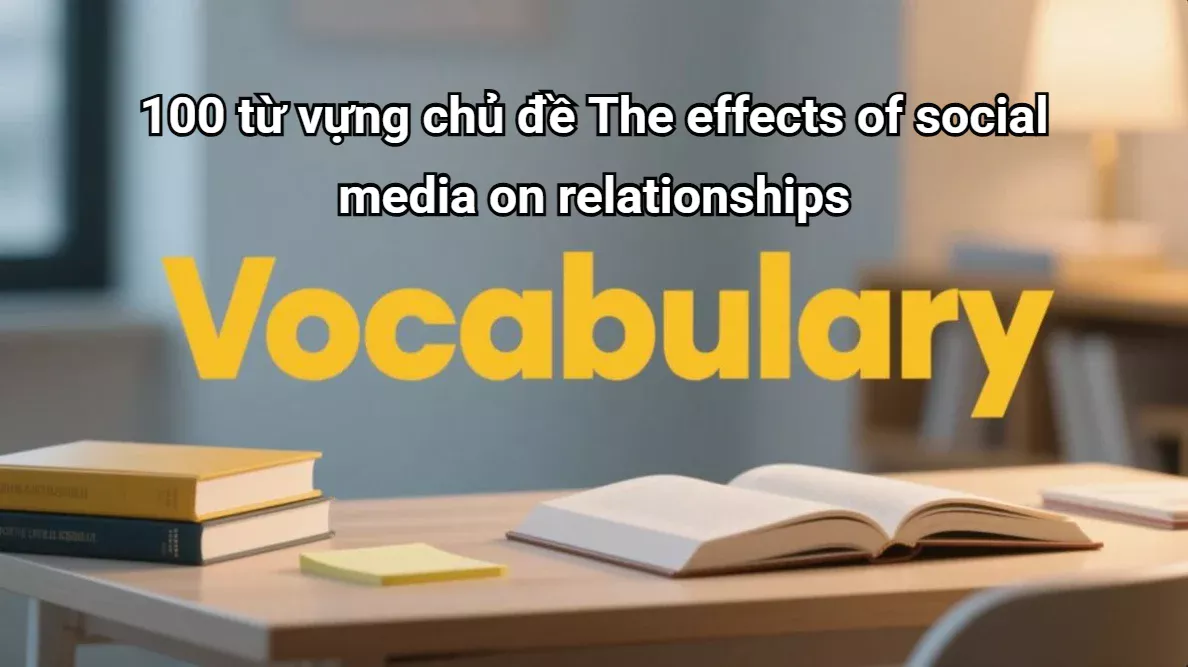IELTS Reading 48: Art development through different eras là chủ đề thuộc chuỗi bài luyện tập 11 dạng bài IELTS Reading và các bài tập luyện tập.
Học lại bài cũ: IELTS Reading 47: Customs and folk traditions.
IELTS Reading: Art development through different eras
Art has always been a reflection of the cultural, social, and political contexts in which it is created. Over the centuries, different eras have produced distinct styles, techniques, and philosophies that have shaped the evolution of art. This reading passage explores the development of art from the prehistoric period to the modern era, highlighting key movements and influential figures.
Prehistoric Art
Prehistoric art, which dates back over 40,000 years, primarily consists of cave paintings, carvings, and sculptures. The most famous examples are found in the Lascaux caves in France, where intricate depictions of animals suggest a deep connection between early humans and their environment. These artworks served not only as aesthetic expressions but also as part of rituals and communal storytelling, reflecting the spiritual beliefs of hunter-gatherer societies.
Classical Art
With the rise of ancient civilizations such as Egypt, Greece, and Rome, art took on new dimensions. Classical art emphasized symmetry, proportion, and harmony, often portraying human figures with idealized beauty. Greek sculptors like Phidias and Praxiteles excelled in creating lifelike representations of the human body, while Roman artists focused on realistic portraits. The construction of monumental architecture, such as the Parthenon and the Colosseum, further exemplified the grandeur of this era.
The Middle Ages
The Middle Ages saw a shift towards religious themes in art, particularly within Christian contexts. Artists began to create illuminated manuscripts, frescoes, and stained glass windows, using symbolism to convey spiritual narratives. Gothic cathedrals, with their soaring arches and intricate sculptures, became prominent features of this period. Notable figures like Giotto introduced naturalism, paving the way for the Renaissance.
The Renaissance
The Renaissance marked a rebirth of interest in classical knowledge and aesthetics, leading to unprecedented artistic innovation. Artists such as Leonardo da Vinci, Michelangelo, and Raphael explored human anatomy, perspective, and chiaroscuro, resulting in masterpieces that celebrated both the divine and the human experience. The invention of oil paint allowed for greater depth of color and detail, revolutionizing painting techniques.
Baroque and Rococo
The Baroque period, emerging in the 17th century, was characterized by dramatic intensity and emotional depth. Artists like Caravaggio and Rembrandt used light and shadow to create powerful narratives. The Rococo style followed, emphasizing ornate decoration and playful themes, as seen in the works of Antoine Watteau and François Boucher. These styles reflected the opulence of the aristocracy and the changing tastes of society.
Modern Art
The 19th and 20th centuries witnessed the birth of modern art movements, including Impressionism, Cubism, and Surrealism. Artists such as Claude Monet and Pablo Picasso broke away from traditional representations, experimenting with form, color, and abstraction. The rise of photography also challenged conventional art forms, leading to new interpretations of reality. This era was marked by a quest for individuality and a desire to express the complexities of modern life.
Contemporary Art
Today, contemporary art encompasses a diverse range of practices and mediums, reflecting global perspectives and social issues. Artists engage with technology, installation, and performance art, often challenging viewers to reconsider their understanding of art itself. Movements such as conceptual art and street art have gained prominence, emphasizing the importance of ideas and context over traditional aesthetic values.
Conclusion
The development of art through different eras illustrates a dynamic interplay between creativity and societal influences. Each period has contributed to a rich tapestry of artistic expression, paving the way for future generations to explore new frontiers in the world of art.
Questions
1. Multiple Choice (Chọn đáp án đúng)
Question: Which of the following best describes the primary focus of classical art?
A) Abstract forms and emotions
B) Symmetry, proportion, and idealized beauty
C) Religious themes and symbolism
D) Ornate decoration and playfulness
Answer: B
2. True/False/Not Given (Đúng/Sai/Không có thông tin)
Statement: Prehistoric art is primarily known for its use of oil paints.
Answer: False
3. Yes/No/Not Given (Có/Không/Không có thông tin)
Statement: The Gothic style emphasized naturalism in art.
Answer: Yes
4. Matching Information (Ghép thông tin)
Match the following concepts to the corresponding paragraph (A-F):
- Use of light and shadow in Baroque art
- Characteristics of Renaissance art
- Art reflecting societal changes in modern times
- The significance of cave paintings in Prehistoric art
Answers:
1 – E
2 – B
3 – F
4 – A
5. Matching Headings (Ghép tiêu đề)
Choose the correct heading for each paragraph:
- Prehistoric Art
- Classical Art
- The Middle Ages
- The Renaissance
Headings:
A) A Shift Toward Religious Themes
B) A Celebration of Human Anatomy
C) Early Expressions of Cultural Identity
D) Idealization and Monumental Architecture
Answers:
1 – C
2 – D
3 – A
4 – B
6. Matching Sentence Endings (Ghép kết thúc câu)
Complete the sentences:
- The Middle Ages focused on…
- The Baroque period is known for…
- Contemporary art often engages with…
Endings:
A) societal issues and technology.
B) religious narratives and symbolism.
C) dramatic intensity and emotional depth.
Answers:
1 – B
2 – C
3 – A
7. Sentence Completion (Hoàn thành câu)
Complete the sentence:
Renaissance artists used techniques such as ________ to create depth in their paintings.
Answer: chiaroscuro
8. Summary Completion (Hoàn thành bản tóm tắt)
Complete the summary:
During the ________ period, artists like Caravaggio used light and shadow to create ________ narratives that highlighted human emotion.
Answer: Baroque, dramatic
9. Diagram Label Completion (Hoàn thành nhãn sơ đồ)
Complete the labels on the diagram of an art timeline:
- Prehistoric Art: ________ (Cave paintings)
- Classical Art: ________ (Idealized beauty)
- Renaissance: ________ (Human anatomy)
Answers:
1 – Cave paintings
2 – Idealized beauty
3 – Human anatomy
10. Short Answer Questions (Câu hỏi trả lời ngắn)
Question: What is the significance of illuminated manuscripts in the Middle Ages?
Answer: They conveyed spiritual narratives and reflected religious themes.
11. Table/Flowchart/Note Completion (Hoàn thành bảng/sơ đồ dòng/chú thích)
Complete the table with the main characteristics of different art eras:
| Art Era | Main Characteristics |
|---|---|
| Prehistoric Art | Cave paintings and spiritual beliefs |
| Classical Art | Symmetry and idealized human forms |
| The Middle Ages | Religious themes and symbolism |
| Renaissance | Exploration of anatomy and perspective |
| Baroque | Dramatic intensity and emotional depth |
| Modern Art | Experimentation with form and abstraction |
Đáp án
1. Multiple Choice (Chọn đáp án đúng)
Answer: B) Symmetry, proportion, and idealized beauty
2. True/False/Not Given (Đúng/Sai/Không có thông tin)
Answer: False
3. Yes/No/Not Given (Có/Không/Không có thông tin)
Answer: Yes
4. Matching Information (Ghép thông tin)
Answers:
1 – E) Use of light and shadow in Baroque art
2 – B) Characteristics of Renaissance art
3 – F) Art reflecting societal changes in modern times
4 – A) The significance of cave paintings in Prehistoric art
5. Matching Headings (Ghép tiêu đề)
Answers:
1 – C) Prehistoric Art
2 – D) Classical Art
3 – A) The Middle Ages
4 – B) The Renaissance
6. Matching Sentence Endings (Ghép kết thúc câu)
Answers:
1 – B) The Middle Ages focused on religious narratives and symbolism.
2 – C) The Baroque period is known for dramatic intensity and emotional depth.
3 – A) Contemporary art often engages with societal issues and technology.
7. Sentence Completion (Hoàn thành câu)
Answer: chiaroscuro
8. Summary Completion (Hoàn thành bản tóm tắt)
Answer: Baroque, dramatic
9. Diagram Label Completion (Hoàn thành nhãn sơ đồ)
Answers:
1 – Cave paintings
2 – Idealized beauty
3 – Human anatomy
10. Short Answer Questions (Câu hỏi trả lời ngắn)
Answer: They conveyed spiritual narratives and reflected religious themes.
11. Table/Flowchart/Note Completion (Hoàn thành bảng/sơ đồ dòng/chú thích)
| Art Era | Main Characteristics |
|---|---|
| Prehistoric Art | Cave paintings and spiritual beliefs |
| Classical Art | Symmetry and idealized human forms |
| The Middle Ages | Religious themes and symbolism |
| Renaissance | Exploration of anatomy and perspective |
| Baroque | Dramatic intensity and emotional depth |
| Modern Art | Experimentation with form and abstraction |















